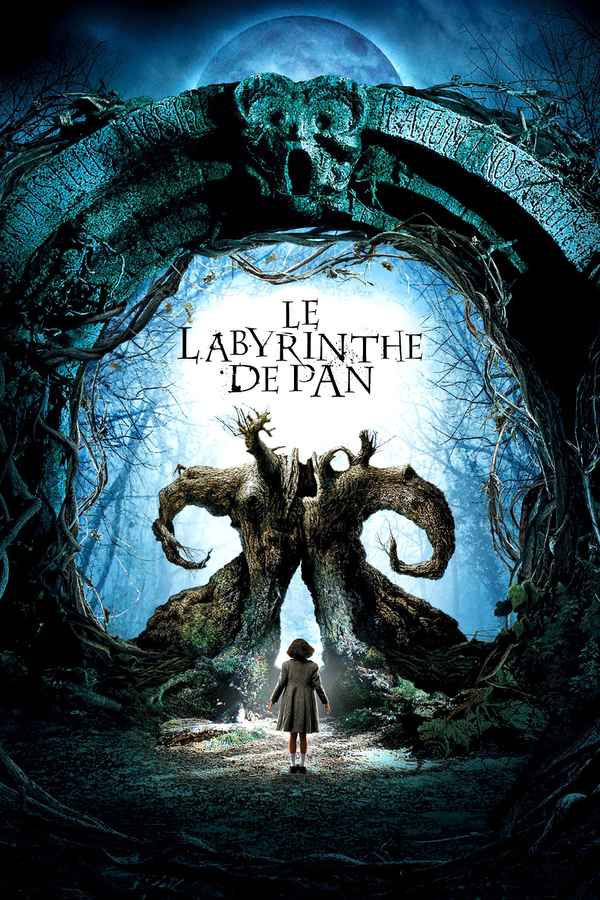
In Canary Row and Putty Tat Trouble, he begins the cartoon by singing a song about himself, "I'm a tweet wittow biwd in a giwded cage Tweety'th my name but I don't know my age, I don't have to wuwy and dat is dat I'm tafe in hewe fwom dat ol' putty tat." (Translation: "I'm a sweet little bird in a gilded cage.") Aside from this speech challenge, Tweety's voice is that of Bugs Bunny's, one speed up (if The Old Grey Hare, which depicts Bugs as an infant, is any indication of that) the only difference is that Bugs does not have trouble pronouncing /s/, /k/ and /g/ as mentioned above.Ĭlampett began work on a short that would pit Tweety against a then-unnamed, lisping black and white cat created by Friz Freleng in 1945. He also has trouble with liquid consonants: as with Elmer Fudd, /l/ and /r/ come out as /w/. One of Tweety's most noticeable is that /s/, /k/, and /g/ are changed to /t/, /d/, or (final s) /θ/ for example, "pussy cat" comes out as "putty tat", later rendered "puddy tat", and "sweetie pie" comes out as "tweetie pie" (a phonological pattern referred to as 'fronting'), hence his name. Many of Mel Blanc's characters are known for speech impediments.

The second Tweety short, Birdy and the Beast, finally bestowed the baby bird with his new name, and gave him his blue eyes. Clampett did two more shorts with the "naked genius", as a Jimmy Durante-ish cat once called him in A Gruesome Twosome. In the documentary Bugs Bunny: Superstar, animator Clampett stated, in an sotto voce "aside" to the audience, that Tweety had been based "on my own naked baby picture". Tweety was created not as a domestic canary, but as a generic (and wild) baby bird in an outdoor nest: naked (pink), jowly, and also far more aggressive and saucy, as opposed to the later, better-known version of him as a less hot-tempered (but still somewhat ornery) yellow canary. On the original model sheet, Tweety was named Orson, which was also the name of a bird character from an earlier Clampett cartoon Wacky Blackout. Tweety says sympathetically, "ACreation by Bob Clampett īob Clampett created the character that would become Tweety in the 1942 short A Tale of Two Kitties, pitting him against two hungry cats named Babbit and Catstello (based on the famous comedians Abbott and Costello). One of his most notable malicious moments is in the cartoon Birdy and the Beast, where a cat chases Tweety by flying until he remembers that cats cannot fly, causing him to fall. In his early appearances in Bob Clampett cartoons, Tweety is a very aggressive character who tries anything to foil Sylvester, even kicking the cat when he is down. The yellow feathers were added, but otherwise he retained the baby-bird shape. His shape more closely suggests that of a baby bird, which is what he was during his early appearances (although the "baby bird" aspect has been used in a few later cartoons as a plot device). Nevertheless, the title song of The Sylvester & Tweety Mysteries directly states that he is a canary. Also, his species is ambiguous although originally and often portrayed as a young canary, he is also frequently called a rare and valuable "tweety bird" as a plot device, and once called "the only living specimen". For example, in the cartoon " Snow Business", when Granny entered a room containing Tweety and Sylvester she said: "Here I am, boys!", whereas a 1952 cartoon was entitled Ain't She Tweet. 8.5 Post-Golden Age of American animationĭespite the perceptions that people may hold, owing to the long eyelashes and high-pitched voice (which Mel Blanc provided), Tweety is male although his ambiguity was played with.



 0 kommentar(er)
0 kommentar(er)
